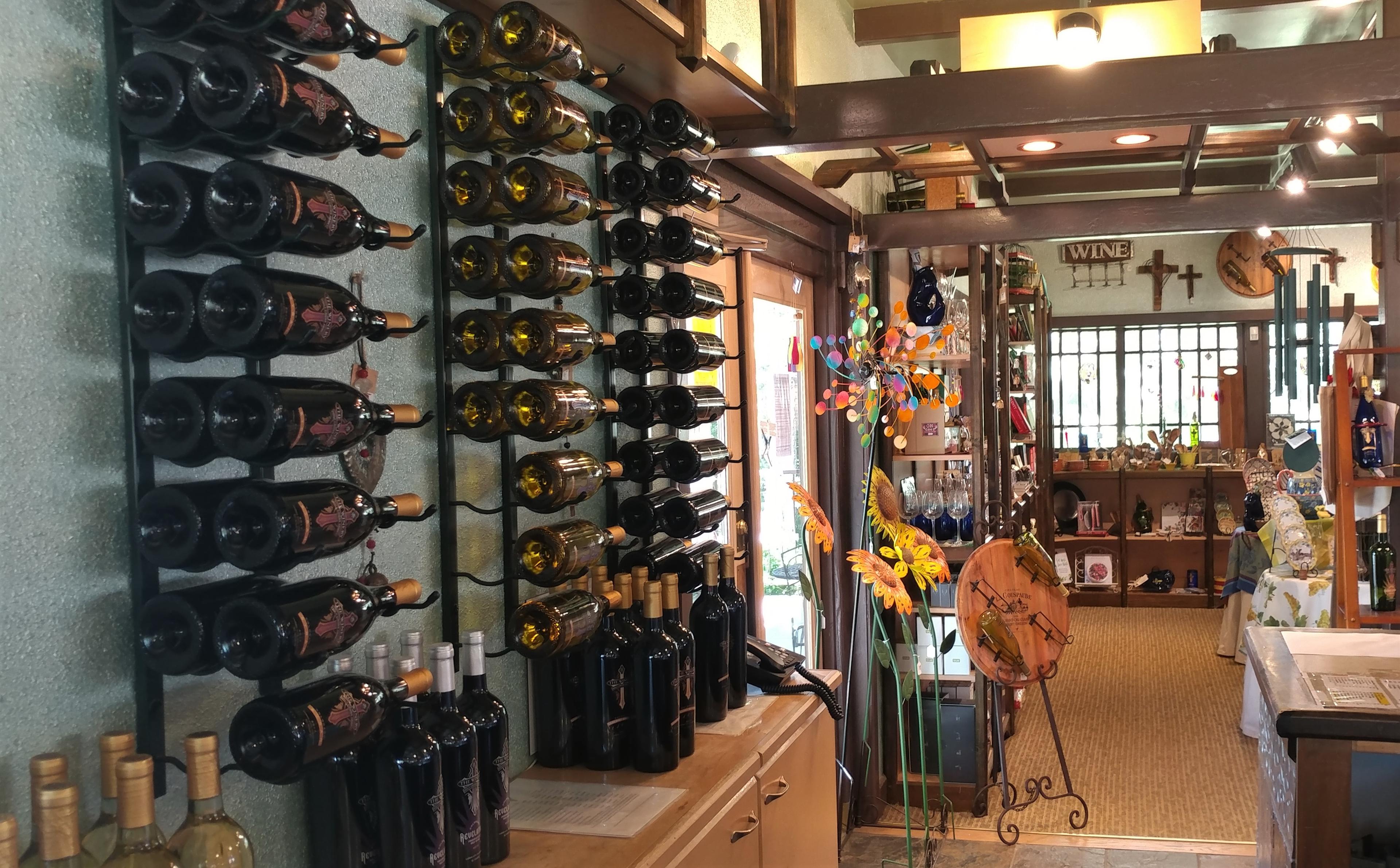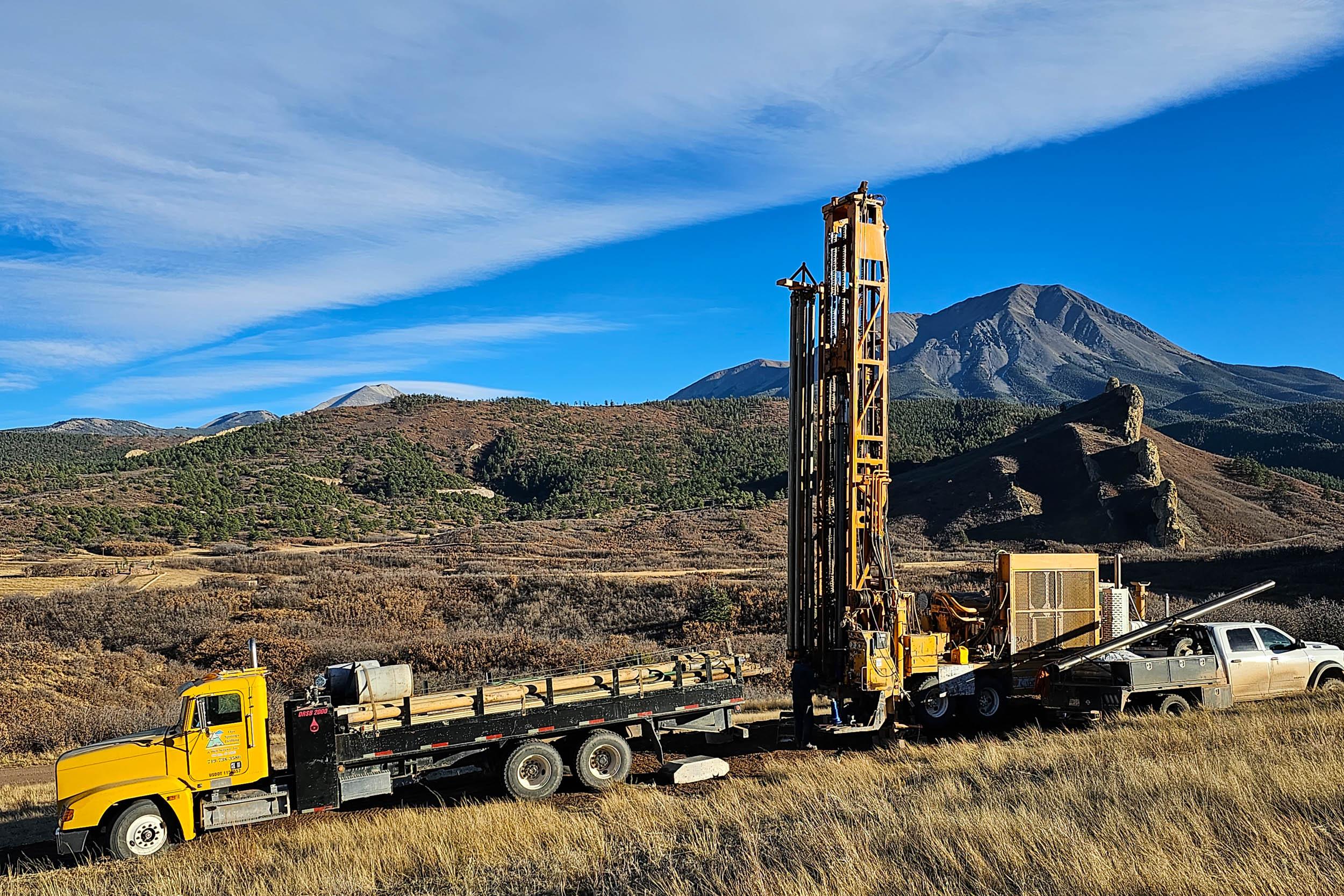
This is “Looking UP! in southern Colorado,” from the Colorado Springs Astronomical Society. I’m Hal Bidlack, and there are lots of reasons to look up!
The absolute favorite of many astronomers is visible in the sky right now, the planet Saturn. It is hard to express how beautiful Saturn is through a telescope, so you really do want to come to one of our public star parties and take a peek. Saturn’s beauty will take your breath away. It has rings!
I’m actually going to spend two weeks talking about Saturn. This week you’ll hear about the planet itself, and next week about couple of remarkable moons orbiting Saturn.
When Galileo first turned his telescope towards Saturn in the early 1600s he could see that it looked a little odd. His very primitive telescope was not able to see what we now know is a magnificent system of rings. He first thought that there were two other planets right next to Saturn.
Saturn is the second largest planet in our solar system after Jupiter, and like Jupiter, is made up primarily of gas. In fact, while Saturn is very big, it is not very dense. In fact, if you could find a swimming pool big enough to put it in, Saturn would float. Saturn also rotates very fast. A day on Saturn lasts only 10 ½ hours. As a result of that spin, the winds on Saturn blow at just under 500 miles an hour.
But it is the rings of Saturn that make it so spectacular an object to look at. While Jupiter, Saturn, Uranus, and Neptune all have ring systems, only Saturn’s are dramatic enough to be seen through a telescope. Saturn has 67 known moons, but since the rings are made up of particles of ice and other debris from bits of dust to chunks as large as a house, you could say Saturn’s moons number in the trillions.
Saturn is the most distant of the planets that can be seen easily with the naked eye. And because Saturn’s rings are tilted relative toward earth, as it goes around the sun the rings appear to open wide and then close to a narrow line as seen from earth. Right now, the rings are in a pretty good place to observe. You really do owe it to yourself to see Saturn through a telescope at least once. So come to a star party!
If you’d like to take a closer look at the Saturn or any of the other wonderful and amazing things in the sky, please visit KRCC.org or CSASTRO.org for a link to information on our monthly meetings and our free public star parties!
This is Hal Bidlack for the Colorado Springs Astronomical Society, telling you to keep looking up, Southern Colorado!








